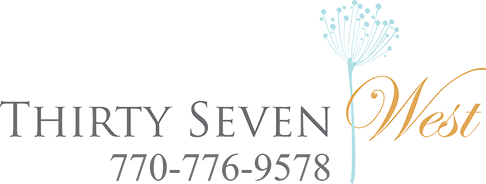
The Psychology of Color in Branding: How Color Impacts Consumer Perception
As a marketing executive, brand manager, event planner, or designer of brands, you already know that branding is a critical aspect of any successful marketing campaign. A brand's logo, packaging, and marketing materials all play a vital role in shaping consumer perception. However, one aspect of branding that often gets overlooked is the use of color.
Color has an impact on our emotions and behaviors, and it is a powerful tool in the world of branding. A brand's color palette can evoke specific emotions and create a unique brand personality. In this article, we'll explore the psychology of color in branding and how it can impact consumer perception.
Understanding Color Psychology
Color psychology is the study of how colors impact human behavior and emotions. It is an essential tool for marketers and brand designers, as it can help them create a brand identity that resonates with their target audience.
The impact of color on human behavior is well-documented. For example, red is associated with excitement and passion, while blue is associated with calmness and trust. Yellow is associated with happiness and optimism, while green is associated with nature and health.
Brand Color and Perception
Brand colors can influence how consumers perceive a brand and its products or services. A brand's color palette can evoke specific emotions and create a unique brand personality.
Here are some examples of how colors are used in branding:
Blue: Blue is a popular color for financial and government institutions because it is associated with stability, trust, and security. The color blue also has a calming effect, making it an excellent choice for brands that want to convey a sense of reliability and dependability.
Red: Red is a bold and vibrant color that is associated with passion, excitement, and energy. Brands that use red in their branding often want to create a sense of urgency and excitement around their products or services.
Yellow: Yellow is a bright and cheerful color that is associated with happiness, optimism, and creativity. Brands that use yellow in their branding often want to create a sense of playfulness and positivity.
Green: Green is a calming and soothing color that is associated with nature, health, and wellness. Brands that use green in their branding often want to convey a sense of naturalness or eco-friendliness.
Purple: Purple is a color associated with royalty, luxury, and sophistication. Brands that use purple in their branding often want to create a sense of elegance and exclusivity.
Using Color to Stand Out
In a crowded marketplace, standing out from the competition is critical. Using color strategically in branding can help brands differentiate themselves from their competitors.
For example, if all of your competitors are using blue in their branding, using a completely different color like purple or yellow can help your brand stand out. However, it's essential to choose a color that still aligns with your brand's personality and values.
Consistency is Key
Once you've chosen a brand color palette, it's essential to use it consistently across all of your branding materials. Consistency helps reinforce your brand's personality and creates a lasting impression on consumers.
Using Color in Event Planning
The psychology of color can also be applied to event planning. By using color strategically in event design and decor, event planners can influence attendees' emotions and behaviors.
For example, using calming colors like blue and green in a conference room can create a relaxed and focused environment that encourages attendees to pay attention and absorb information.
On the other hand, using bold and vibrant colors like red and yellow at a corporate party can create a lively and energetic atmosphere that encourages attendees to let loose and have fun.
Final Thoughts
The psychology of color is an essential tool for marketers, brand designers, and event planners. By understanding how colors impact human behavior and emotions, brands can create a unique brand personality that resonates with their target audience.
When choosing a brand color palette, it's essential to consider your brand's personality, values, and target audience. Consistency is also crucial in reinforcing your brand's personality across all of your branding materials.
In event planning, color can be used to influence attendees' emotions and behaviors. By using color strategically in event design and decor, event planners can create a specific atmosphere that aligns with the event's goals.
By leveraging the psychology of color in branding and event planning, marketers, brand designers, and event planners can create a lasting impression on consumers and attendees.





